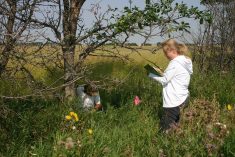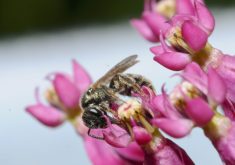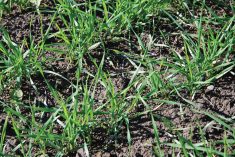A major international study published in Nature Communications, suggests that only two per cent of wild bee species pollinate 80 per cent of bee-pollinated crops worldwide. The study is one of the largest on bee pollination to date.
While agricultural development and pesticides have been shown to produce sharp declines in many wild bee populations, the study shows these “busy bees” can remain abundant in agricultural landscapes.
The study gives a powerful economic rationale for conserving wild bees. It calculates the value of wild bee pollination to the global food system at $3,000 per hectare of insect-pollinated agricultural land, a number in the billions globally.
Read Also

Time to be honest about hemp, experts say
Years of hype have given way to a more realistic view of hemp. Farmers and processors say the crop’s future depends on solid agronomy, honesty.
But the findings also offer a warning to conservation advocates hoping that economic arguments can justify the preservation of all species. Moral reasons are still needed, researchers say.
“This study shows us that wild bees provide enormous economic benefits, but reaffirms that the justification for protecting species cannot always be economic,” says Taylor Ricketts of the University of Vermont’s Gund Institute For Ecological Economics, a study co-author. “We still have to agree that protecting biodiversity is the right thing to do.”
Fifty-eight researchers worldwide conducted the three-year study, led by Prof. David Kleijn of the Netherlands’ Wageningen University.
The study advances understanding of wild bees’ crucial role in the global food system. About two-thirds of the world’s most important crops benefit from bee pollination.
Wild bees’ agricultural value is now similar to that of honeybees, the study finds. Honeybees are no longer considered wild in many regions due to their intense management.
One reason to preserve bee biodiversity is securing the future resiliency of global pollination systems, Ricketts says. Previous studies associate biodiversity with more stable pollination services over time.
The study includes 90 individual studies of nearly 1,400 crop fields across five continents (North America, Europe, Asia, Africa and South America).
Regular monitoring found nearly 74,000 individual bees from nearly 785 wild bees species on crops. Of 20,000 known bee species, roughly two per cent pollinated 80 per cent of crops.















